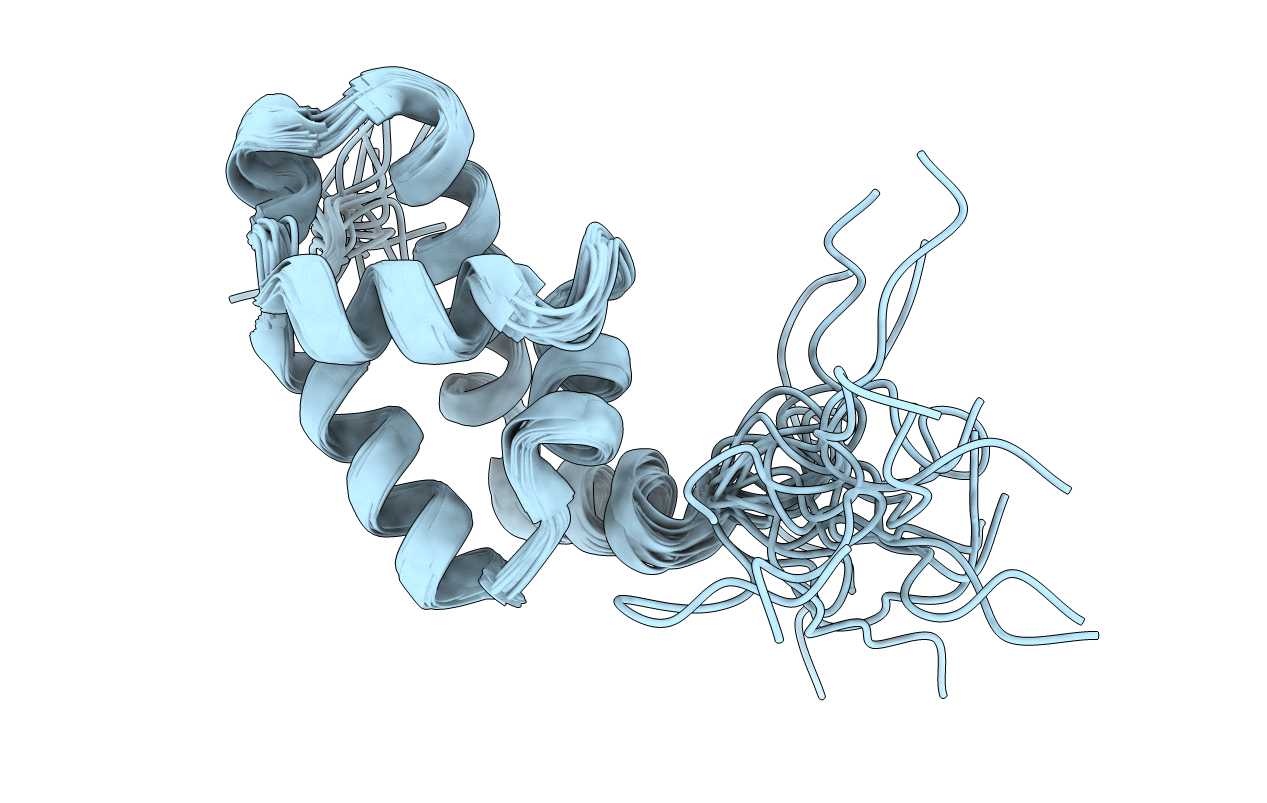
Deposition Date
2005-02-08
Release Date
2006-01-03
Last Version Date
2024-05-29
Entry Detail
PDB ID:
1YSE
Keywords:
Title:
Solution structure of the MAR-binding domain of SATB1
Biological Source:
Source Organism:
Homo sapiens (Taxon ID: 9606)
Host Organism:
Method Details:
Experimental Method:
Conformers Calculated:
50
Conformers Submitted:
20
Selection Criteria:
structures with the lowest energy


